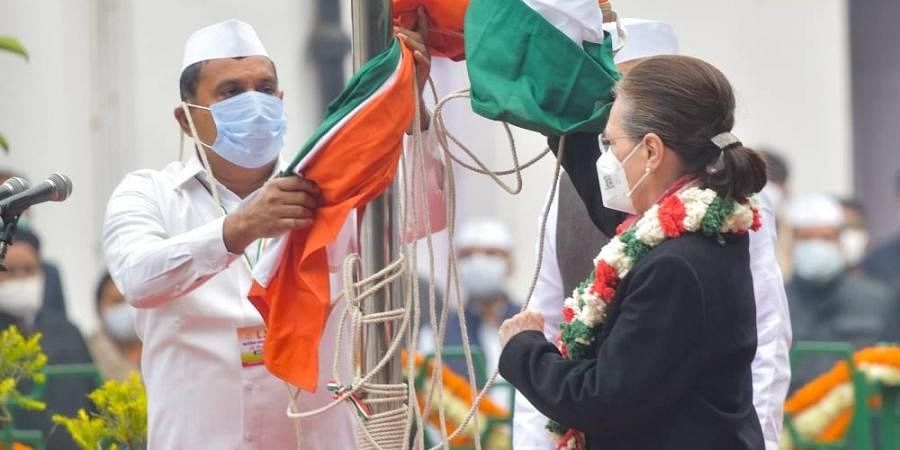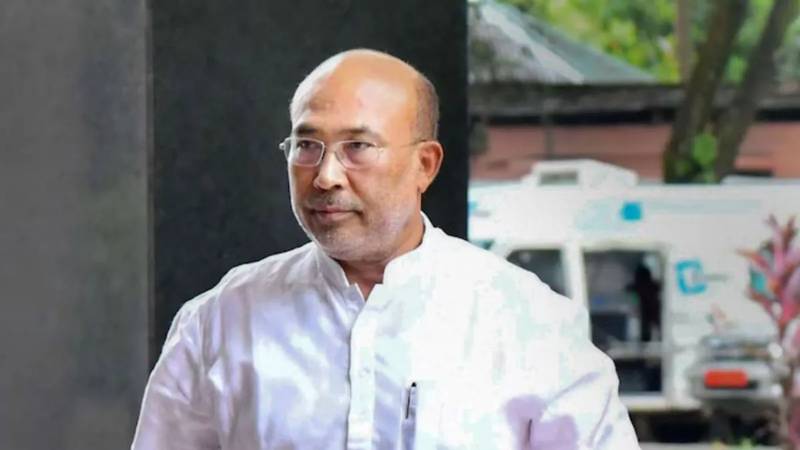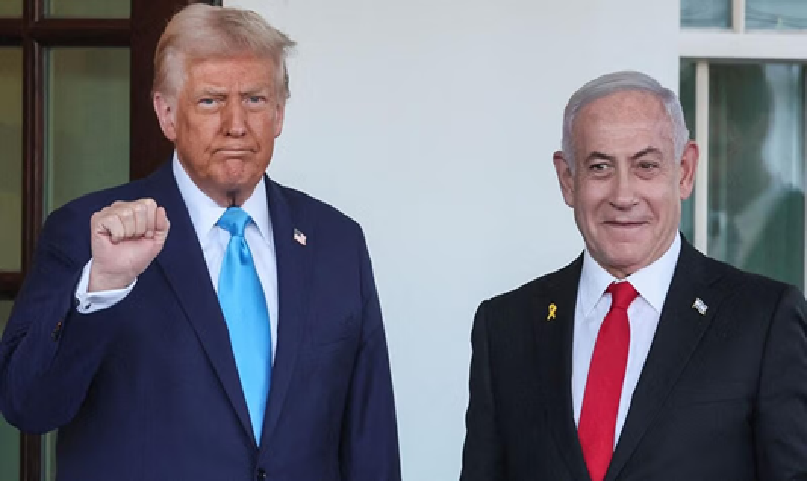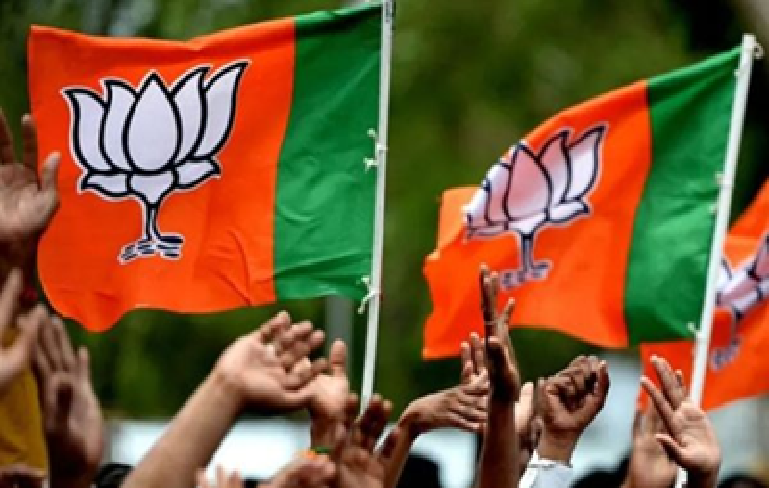
Congress, a party at war with itself
instead of reaching out to old friends and members, the Congress today is hell-bent on destroying what it has, gradually disintegrating, on the verge of collapse.
Smita Gupta
For some years now, many Congress old-timers believed that the only way to strengthen the Grand Old Party was to re-absorb its splinter factions. Thus, the ghar wapsi of Sharad Pawar’s Nationalist Congress Party (NCP) would restore the Congress’s diminishing clout in Maharashtra, that of Mamata Bannerjee’s Trinamool Congress would help the party regain its foothold in West Bengal, and the return of Y.S. Jagan Mohan Reddy’s YSR Congress would ensure that it could get back a part of its old fiefdom in Andhra Pradesh, as it has, since it was truncated. In short, the Congress party would be in a commanding position in an additional 115 Lok Sabha seats (Maharashtra-48, West Bengal-42, Telangana-25). For a party that has been hovering for the last two general elections between 44 and 52, a merger with its former members would, at the very least, double its footprint in the Lok Sabha. But instead of reaching out to old friends and members, the Congress today is a party at war with itself, hell-bent on destroying what it has, gradually disintegrating, on the verge of collapse. If a significant number of former Congress members are now proudly wearing saffron gamchas, emblazoned with the lotus, Ms Bannerjee, similarly has been raiding the Congress over the last few years, its numbers growing in recent months.
Indeed, nothing could have pictorially captured this better than the unexpected collapse of the party’s standard on its just gone by Foundation Day on December 28: Party president Sonia Gandhi tried in vain to hoist the flag; eventually as it fell into her hands, she along with a few other office bearers held it aloft in their hands. Then the flagpole was repaired and the standard raised in the way it has for the last 136 years. In itself, it may be regarded as a minor incident. But, in fact, it is emblematic of a party that no longer cares – cares enough to check ahead that the most important day in the party’s calendar goes through with picture perfect precision.
The Congress leadership’s failure to resolve its Assam unit’s internal rivalries led to the loss of the state in now two successive assembly elections; its dithering over the Kamal Nath-Jyotiraditya Scindia clashes led to the loss of a state government in Madhya Pradesh. In Assam, strongman Himanta Biswal walked out of the party to help craft the many electoral successes of the Bharatiya Janata Party (BJP) across the north east. In Madhya Pradesh, Scindia, certainly one of the Congress’s shining stars also left the party to join the BJP, where he has been made a central minister.
In Andhra Pradesh, where the party not only failed to anticipate the impact of dividing the state, but made some poor political choices after that – including hounding out Jagan Reddy, the son of the late YS Rajasekhara Reddy, who had ruled the undivided state – has ensured that the Congress footprint is miniscule in the twin states of Telangana and Andhra Pradesh today. And all this has happened just over the last decade.
And now, we have Captain Amarinder Singh, till recently Chief Minister of Punjab, quitting the party to float his own regional outfit, much like Pawar, Bannerjee and Reddy. In Uttarakhand, the attempt to sideline Harish Rawat, arguably the party’s strongest face in the state, has ended in a truce; in Chattisgarh, the Bhupesh Baghel vs TS Singh Deo controversy – the latter had been promised the chief ministership midway through the term – is still simmering. In Rajasthan, Chief Minister Ashok Gehlot and Sachin Pilot share an uneasy relationship. In Jammu and Kashmir, former Leader of the Opposition in the Rajya Sabha, Ghulam Nabi Azad, is addressing rallies in his home state, and looks unwilling to negotiate with the Gandhis on organisational posts in the state.
The fact is: it is strong regional leaders like Pawar, Bannerjee and Reddy who were able to form governments in their own home states without the help of the Congress. Would it be wise for the Grand Old Party, then to tempt Azad and Rawat – both extremely influential in their states, to repeat the formula. Singh, of course, has already quit the Congress stable and has joined hands with the BJP for the upcoming Punjab polls.
It would be so much smarter for the Gandhis to instead permit the growth of regional satraps within the Congress system. That would allow the party to flourish if not in the way it once did, but certainly place it in a position where it could counter the ruling Bharatiya Janata Party (BJP), effectively and a regional party like the Trinamool Congress would not be able to question its right to be the lead party in the Opposi
 English daily published in Bengaluru & Doha
English daily published in Bengaluru & Doha






